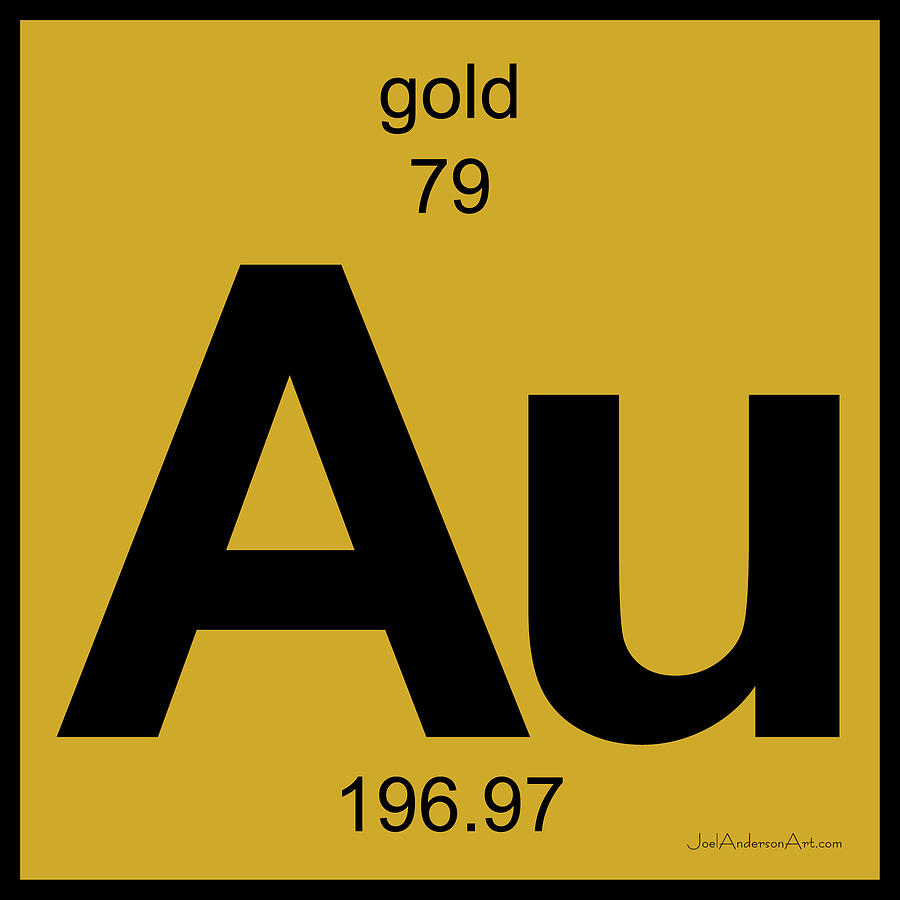

This project's workflow expands the detectable footprint for certain indicator minerals and enhances the information that can be collected from till samples. Sulfide minerals occur mainly as inclusions in oxidation-resistant minerals, including minerals previously identified in each deposit's metamorphic alteration halo, and are found to occur farther down ice than the grains identified visually in the greater than 250 µm HMC fraction. The less than 250 µm HMC fraction of till samples collected down ice of each deposit contain ore and alteration minerals typical of their deposit type. Samples collected near two deposits were used to test this method: four from the upper-amphibolite facies Izok Lake volcanogenic massive-sulfide deposit, Nunavut, and five from the Sisson granite-hosted W-Mo deposit, New Brunswick. Automated mineralogy of polished grains from the fine HMC enables rapid data collection (10 000-300 000 grains/sample). This study tests automated mineralogical methods using scanning electron microscopy to identify indicator minerals in the fine (<250 µm) HMC fraction of till. Traditional indicator methods use visual examination to identify mineral grains in the 250 to 2000 µm fraction of till heavy-mineral concentrates (HMC). Abstract: Exploration under glacial sediment cover is a necessary part of modern mineral exploration in Canada.

Indicator minerals in fine-fraction till heavy-mineral concentrates determined by automated mineral analysis: examples from two Canadian polymetallic base-metal deposits in Targeted Geoscience Initiative 5: volcanic-and sediment-hosted massive-sulfide deposit genesis and exploration methods, (ed.) J.M. Research has focused on the development of microchemical characterization techniques for placer gold and PGM, while the focus for indicator minerals from glacial sediments has been the characterization of oxide and silicate suites. PGM grains have a similar long history of recovery from streams, but only a few cases of recovery from glacial sediment have been reported.

Gold grains have been recovered from glacial and stream sediments for more than 100 years. Composition and morphology of PGM also have been well documented and this information is used to determine their genesis, potential source rocks and transport distance. Useful indicator minerals for PGE deposits include those oxide and silicate minerals that indicate the host rocks and PGM, gold, sulphides, arsenides and antimonide minerals that indicate mineralization.

Gold grain size, shape, and chemical composition for a variety of sediment types, including stream and glacial sediments, have been documented and the data used to determine potential source rocks and distance of transport. For gold deposits, varying combinations of gold grains, sulphides, platinum-group minerals (PGM), tellurides, scheelite and rutile, and some secondary minerals are useful indicator minerals depending on the deposit type, bedrock geology and weathering regime.


 0 kommentar(er)
0 kommentar(er)
